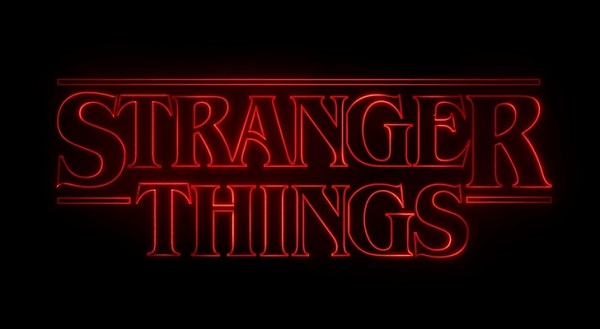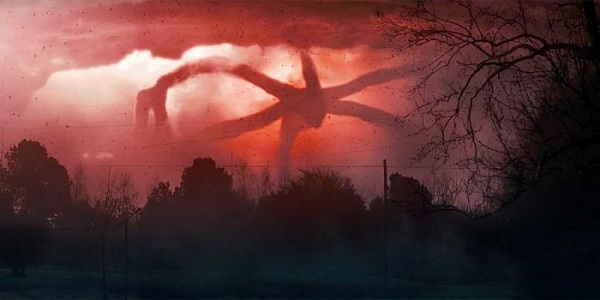Has William Phillis, head of the Ohio Coalition for Equity and Adequacy of School Funding and long-standing charter critic, been watching too many horror films this month?
This is no stretch. A Morning Journal article recapping a retired teachers’ meeting at which Phillis recently spoke reads more like a review of the wildly popular Stranger Things series than an honest depiction of Ohio’s charter sector.

As the Journal reports,
The birth of charter schools in the late 1990s created a monster and that monster is becoming a ferocious creature, William Phillis… said Thursday.
And
He said state officials, through House Bill 2, were able to “slow the monster” through more accountability for performance, but believes it is “still running wild.”
And
The curses of deregulation in education are profound, ugly, and scary, he said.
Moreover, he accuses Ohio charters of “finding ways to control all branches of government to further their growth” and calls one particular chain of non-profit managed charters—which was cleared by a statewide investigation of all accusations wielded against it, by the way—as a “national security threat.”
According to Phillis, Ohio’s charter sector is basically Stranger Things’ Shadow Monster, the evil creature that...SPOILERS FOLLOW...occupies the Upside Down realm, chases one of the show’s main characters until coming to possess his body and mind, and can only be defeated by Eleven, the show’s main protagonist (a 13-year old girl with amazing psychokinetic powers).

While Phillis’s language to describe Ohio’s charter schools is certainly hyperbolic, this comparison is not. As you can see in the scientific analysis below, Ohio’s charter sector as described by Phillis shares nearly every dangerous trait with Stranger Things’ demonic, world-threatening force.
Similarities between Ohio’s charter sector (according to Phillis) and Stranger Things’ Shadow Monster

All joking aside, I find Phillis’s claims to be truly frightening—given the fact that such misinformation has a negative impact on real children and families seeking out high-quality educational alternatives who have been historically denied them.
Phillis’s claims are predictable but nonetheless false—the notion that House Bill 2 was a mere “slowing” of the monster (rather than true landmark, bipartisan reform cheered on by many folks on Phillis’s philosophical team), and the truly frightful idea that charters are parasitic to districts by “taking” their funds when children and their families elect to go elsewhere.
For better analogies, charter critics may want to consider watching Get Out, a brilliant 2017 horror film that depicts the true monster as liberal racism and hypocrisy. Phillis and other Ohio charter opponents who continue to demonize choices set up to primarily help Ohio’s low-income families and students of color would do well to consider how monstrous that is, and defend high-quality educational opportunities no matter the type.

